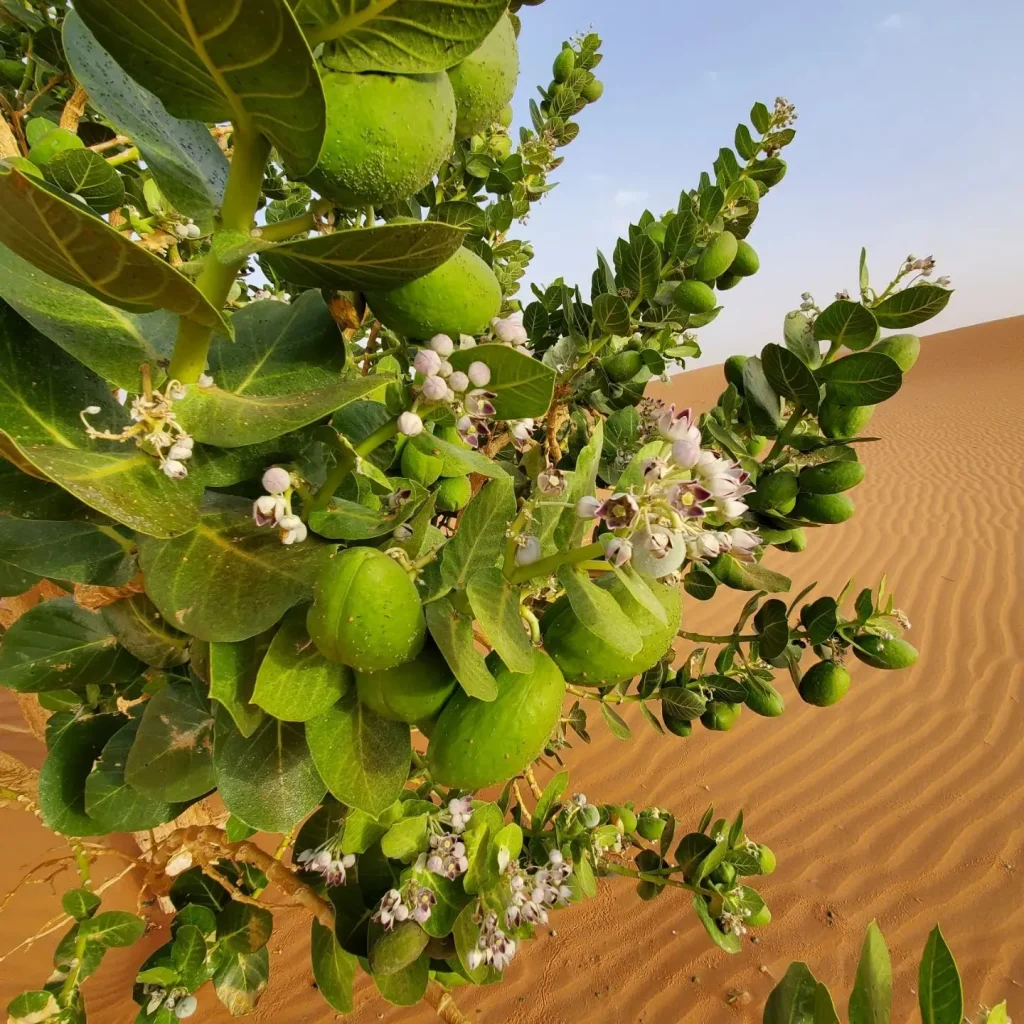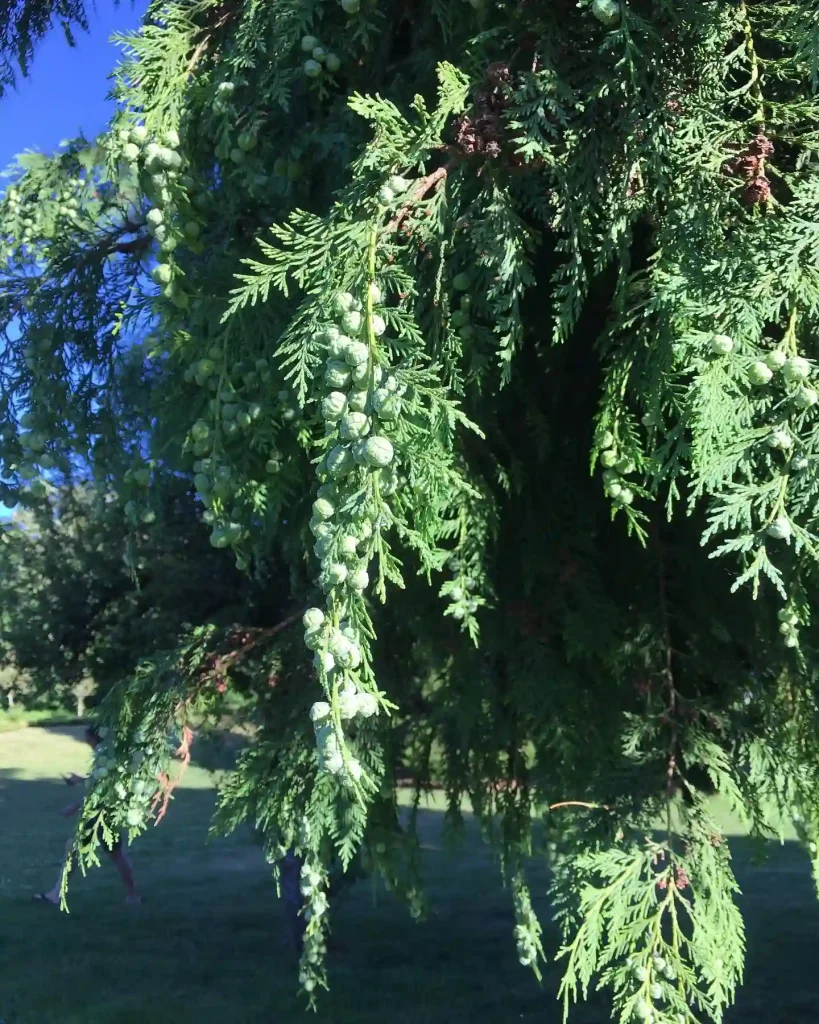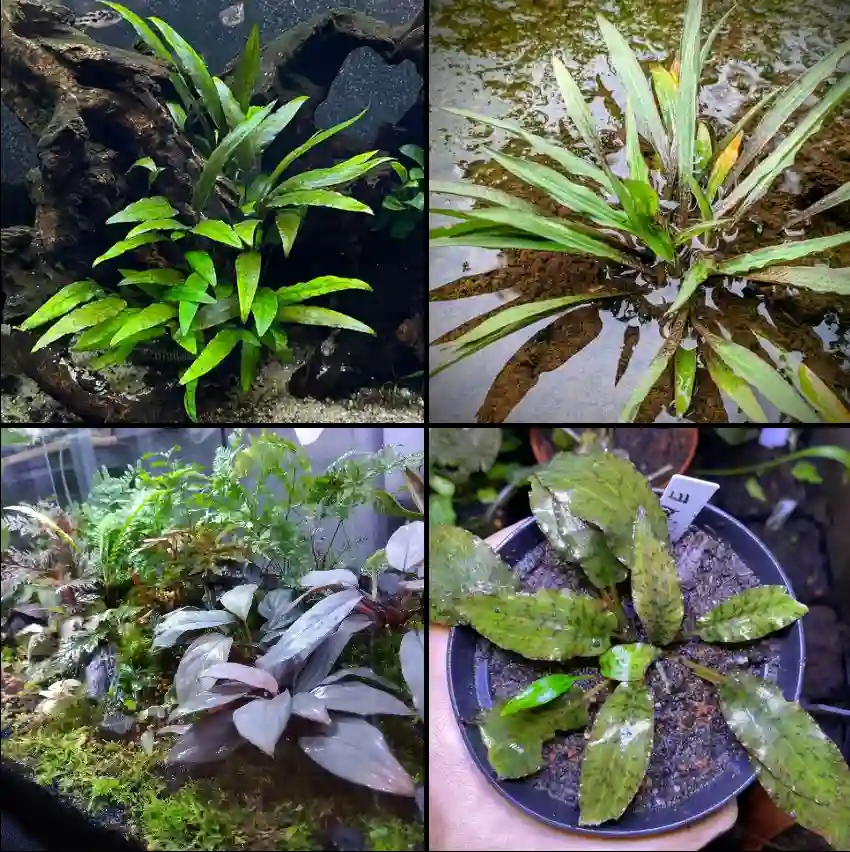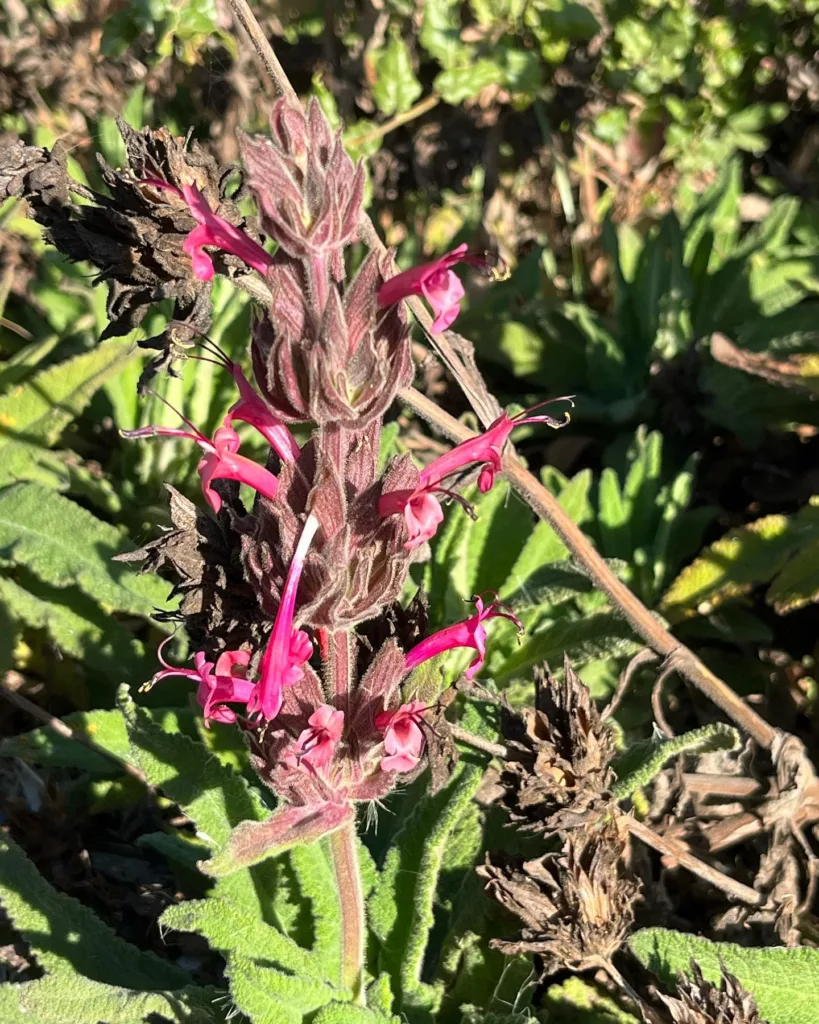An Ancient Acquaintance: Unveiling the Secrets of Equisetum Fluviatile
For an amateur botanist like myself, Ferb Vu, the natural world holds a constant allure. Every plant I encounter whispers a story, a testament to resilience and adaptation. Recently, my curiosity was piqued by a particularly striking specimen – the Equisetum fluviatile, or water horsetail.
This prehistoric plant, with its hollow, segmented stems reaching for the sun, seemed to emanate an aura of timelessness. It ignited a fire within me to unravel its mysteries. So, I delved into the world of Equisetum fluviatile, and here’s what I discovered:
Plant Family: Equisetaceae – 41 Species in Genus Equisetum – Horsetail
Where Does the Water Horsetail Thrive?
Equisetum fluviatile isn’t just visually captivating; it’s also surprisingly adaptable. This perennial thrives in moist environments, gracing the edges of ponds, marshes, and riverbanks. Its preference for damp soil makes it a natural fit for bog gardens, providing a touch of prehistoric charm.
When Did the Water Horsetail Emerge?
Equisetum fluviatile boasts an ancient lineage, stretching back millions of years. Imagine – these plants carpeted the Earth alongside dinosaurs! Studies suggest their ancestors dominated during the Carboniferous period, roughly 359 to 299 million years ago. These giants, known as Calamites, towered over the early landscapes, exceeding 30 meters in height.
The water horsetail, as we know it today, is a descendant of these colossal ancestors. Over millennia, they adapted to changing environments, evolving into the smaller, more resilient forms we see today.
How to Identify Equisetum Fluviatile?
Equisetum fluviatile possesses unique characteristics that make identification a breeze, even for novice botanists like myself. Here are some key features to look for:
- Hollow, Segmented Stems: The most striking feature is the plant’s hollow, segmented stems. These resemble bamboo shoots, with smooth, dark green exteriors and a central cavity. The stems readily separate at the joints, creating a satisfying snap when gently pulled.
- Whorled Branches: Unlike most plants, Equisetum fluviatile doesn’t boast true leaves. Instead, slender, green branches emerge in whorls from each node on the stem. These branches typically have 5-8 “leaves” per whorl, which are actually modified scale leaves.
- Spore Cones: During their reproductive cycle, Equisetum fluviatile produces spore cones at the tips of some stems. These cones appear pointed and brown, contrasting with the green of the rest of the plant.
Equisetum Fluviatile: A Boon for the Garden?
This prehistoric plant offers more than just historical intrigue. Equisetum fluviatile can be a valuable addition to a well-designed garden. Here’s why:
- Low-Maintenance Beauty: This hardy plant requires minimal care. Once established in a consistently moist environment, it thrives with minimal intervention.
- Natural Textural Contrast: The segmented stems and whorled branches add a unique texture to the garden, creating a visually interesting contrast with softer foliage plants.
- Wildlife Habitat: Equisetum fluviatile provides a haven for small creatures like amphibians and insects.
How to Care for Equisetum Fluviatile?
While Equisetum fluviatile is a low-maintenance plant, understanding its basic needs ensures it flourishes in your garden:
- Lighting: This plant prefers partial shade to full sun. However, in hotter climates, some afternoon shade is beneficial.
- Soil: The key to success is consistently moist soil. Equisetum fluviatile thrives in boggy conditions or near the edges of ponds. If your soil is naturally well-draining, consider amending it with organic matter to retain moisture.
- Watering: During dry spells, especially when establishing the plant, supplemental watering may be necessary to maintain soil moisture.
Sharing the Legacy: Propagating Equisetum Fluviatile
The joy of gardening is often amplified by the ability to share your plants with others. Equisetum fluviatile can be propagated in two ways:
- Spore Propagation: This method is more challenging but offers a sense of accomplishment. However, it requires knowledge of spore collection and germination techniques.
- Division: The most common method involves dividing established clumps in early spring. Simply dig up the plant, carefully separate healthy sections with several stems, and replant them in their desired location.
Conclusion: A Timeless Companion
Equisetum fluviatile is more than just a plant; it’s a living testament to Earth’s rich history. By cultivating it in your garden, you not only introduce a visually striking element, but also create a connection to the prehistoric world. Imagine – with each glimpse of its segmented stems swaying in the breeze, you’re transported back millions of years, when these plants dominated vast landscapes. Equisetum fluviatile offers a unique opportunity to bridge the gap between the present and the past, transforming your garden into a haven for both beauty and historical intrigue. So, why not consider welcoming this ancient wonder into your own green space? You might be surprised by the captivating charm and prehistoric allure it brings.
If i die, water my plants!



